Wall Street Futures Rally as U.S.–China Trade Progress and Easing Geopolitical Tensions Lift Global Sentiment
Global markets received a much-needed jolt of optimism at the start of the week, as Wall Street futures climbed and the U.S. dollar gained strength against traditional safe-haven currencies. The upturn followed encouraging developments in U.S.–China trade negotiations and a general cooling of geopolitical flashpoints — signaling to investors that the worst-case scenario of a global recession might still be averted.
On Monday, U.S. Treasury Secretary Scott Bessent, speaking in Geneva, noted “substantial progress” in ongoing trade talks. Meanwhile, Chinese officials echoed the sentiment, referencing an “important consensus” and plans to launch an additional forum dedicated to economic dialogue. While the precise terms of any future deal remain elusive, the tone from both sides has grown markedly constructive.
Calmer Waters: Why Markets Are Reacting Positively Now
After months of volatility driven by protectionist policies, currency fluctuations, and geopolitical risks, investors are finally seeing early signs of potential stabilization. The combination of improving trade communication and diplomatic gestures from multiple fronts has offered a temporary relief rally.
Wall Street futures turned positive, suggesting a stronger open as optimism replaced caution.
The U.S. dollar advanced, particularly against the Japanese yen and Swiss franc — traditional safe havens in times of uncertainty — indicating a shift toward risk-on sentiment.
Volatility indexes declined, reflecting lower investor anxiety and a repricing of global economic risk.
Converging Factors Supporting Market Momentum
U.S.–China trade thaw: Both sides report progress, reducing fears of escalation and supply chain fragmentation.
Potential Zelensky–Putin meeting: Ukrainian President Volodymyr Zelensky expressed readiness to meet Russian President Vladimir Putin in Turkey, raising hopes for de-escalation in Eastern Europe.
India–Pakistan ceasefire: Despite historical volatility, a fragile truce remains intact, offering further geopolitical stability.
Renewed institutional engagement: Plans for another U.S.–China economic dialogue forum point to long-term cooperation.
Investor appetite returns: Signs of diplomatic progress have revived appetite for riskier assets, boosting equities and weakening demand for safe-haven assets.
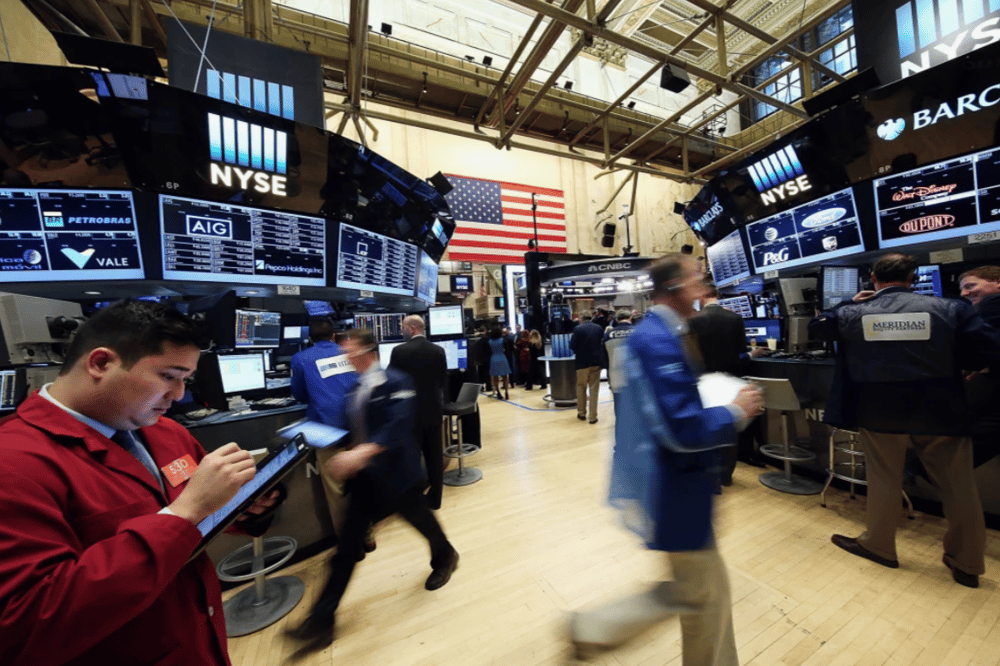
Macro Trends That May Influence Market Direction Ahead
Outcome of U.S.–China Dialogue While tone has improved, the market is awaiting tangible details on tariffs, intellectual property protection, and access to technology markets.
Monetary Policy Responses Central banks, especially the U.S. Federal Reserve and the People’s Bank of China, will play a key role in maintaining market confidence if talks falter or inflation concerns return.
Geopolitical Hotspots Developments in Ukraine, the Taiwan Strait, and South Asia continue to hold significant sway over global investor sentiment.
Corporate Earnings Season With several major indices entering earnings cycles, market momentum could shift based on how corporations adapt to the current macroeconomic backdrop.
Currency Market Volatility While the dollar has strengthened, any unexpected shift in policy or rhetoric could trigger renewed volatility across forex markets.
Signs of a Fragile Recovery — But Caution Remains
Despite the positive signals, markets remain cautious. Much of the enthusiasm is based on tone and intent rather than formal agreements. The lack of concrete deliverables from the U.S.–China negotiations, and the fragility of ceasefires in regions like Eastern Europe and South Asia, underscore the risks of premature optimism.
Still, Monday’s developments provide a rare dose of confidence at a time when recession fears have weighed heavily on global sentiment. Whether this marks the beginning of a more sustained market rebound will depend on the follow-through from diplomats and policymakers in the coming days and weeks.


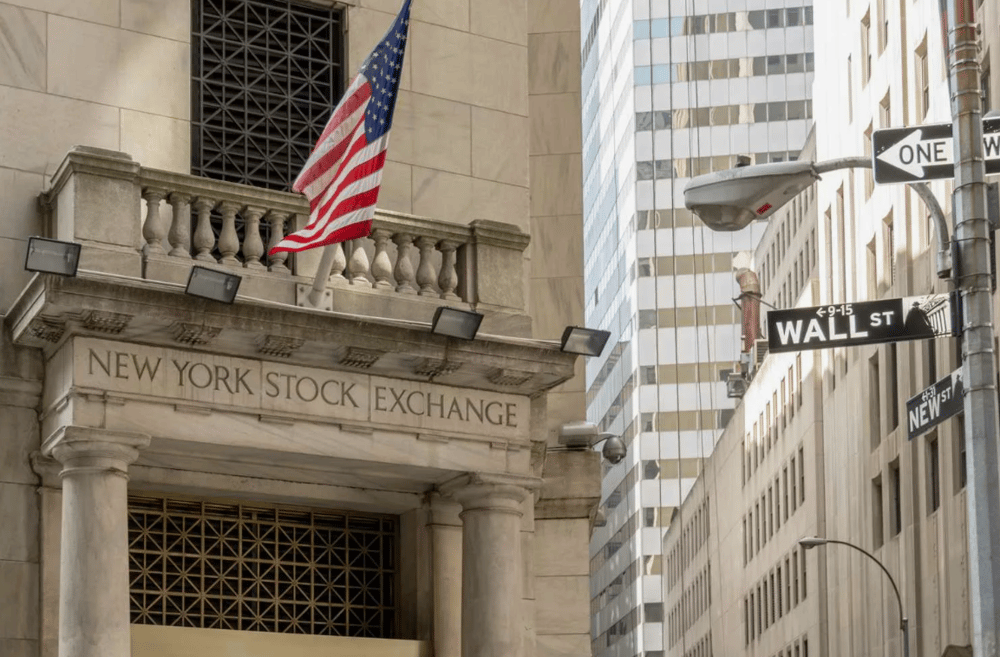
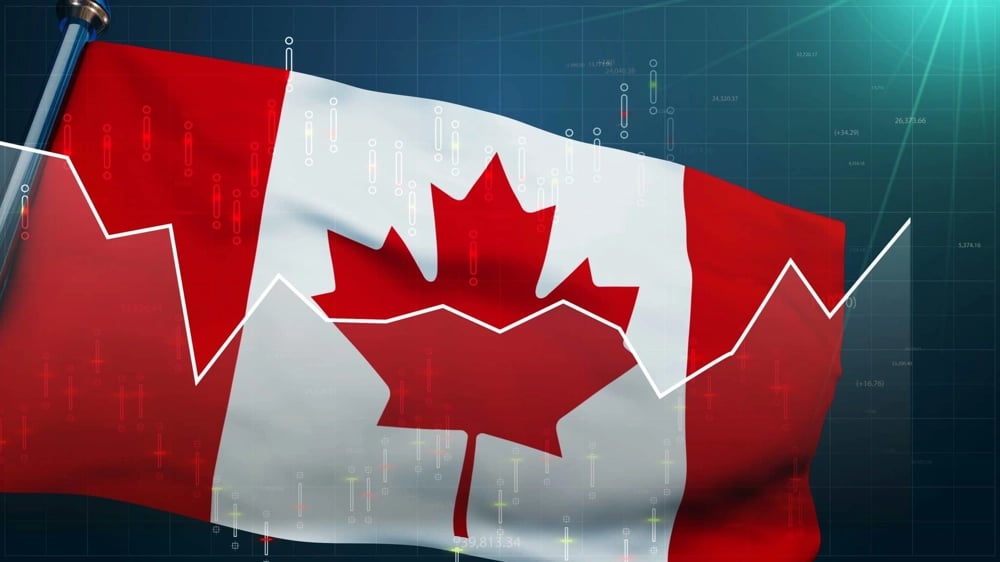



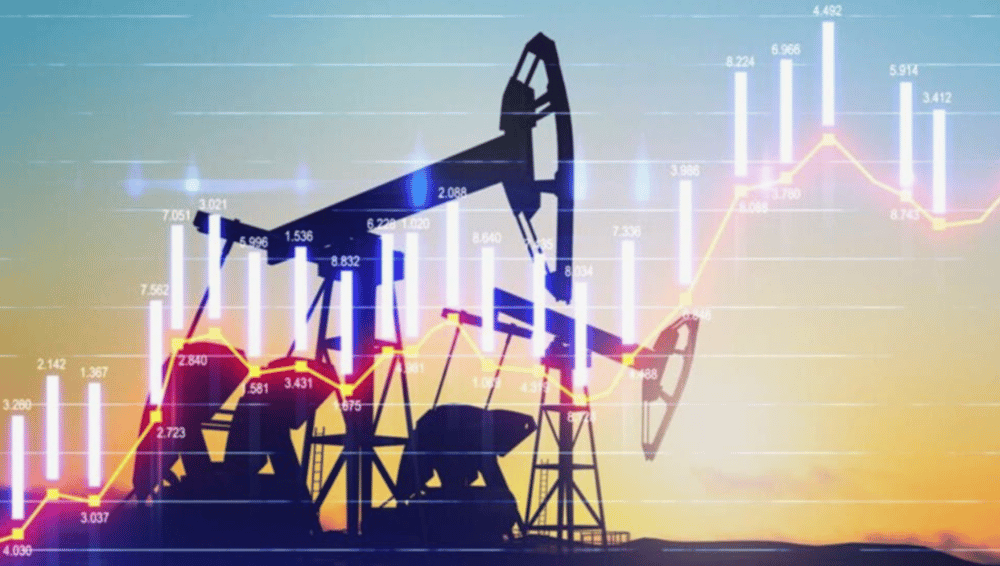
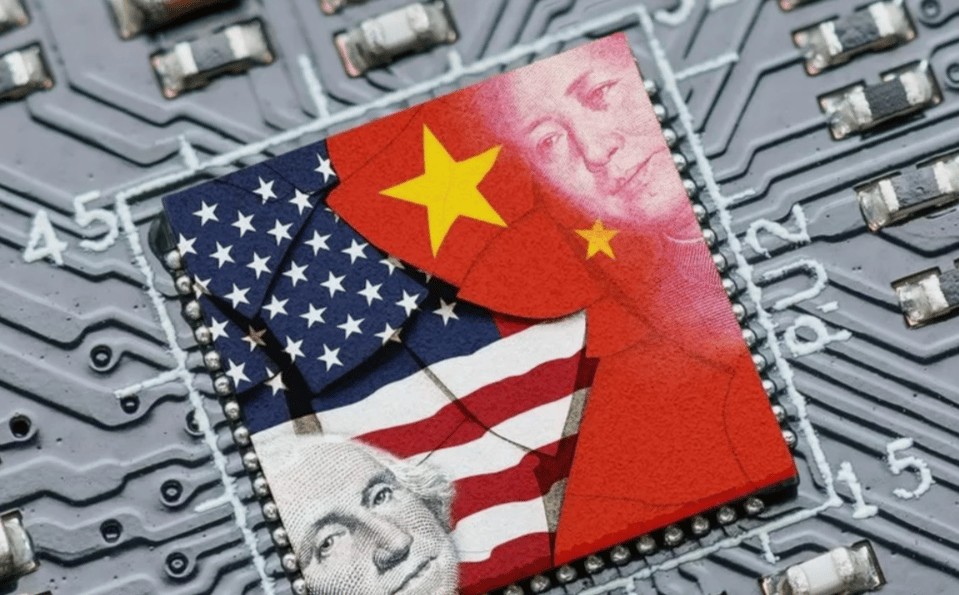
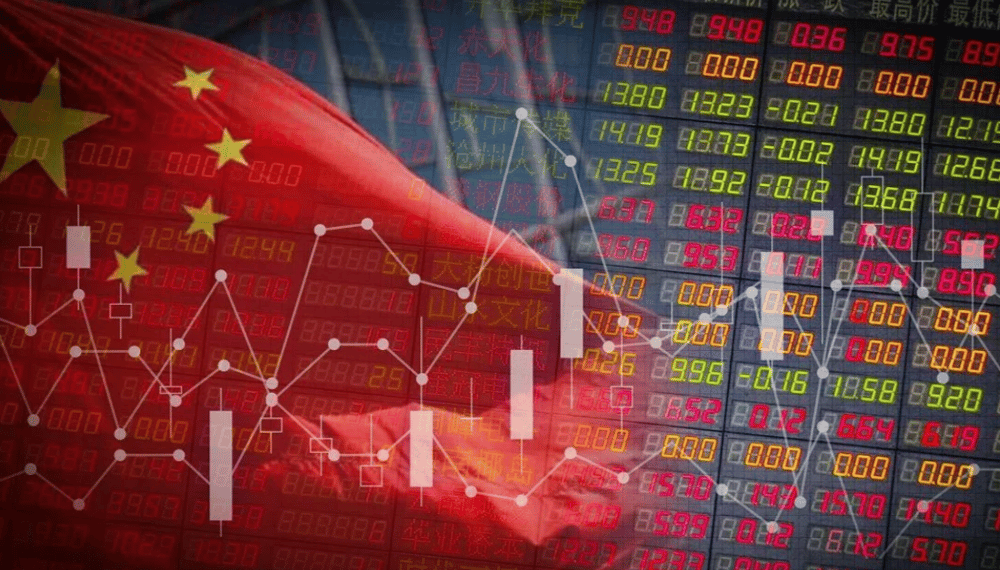



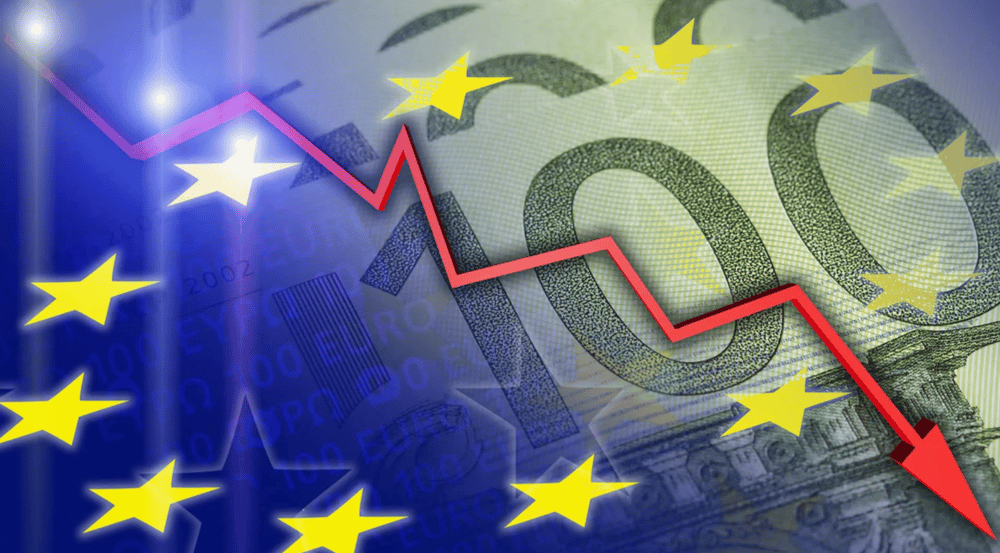
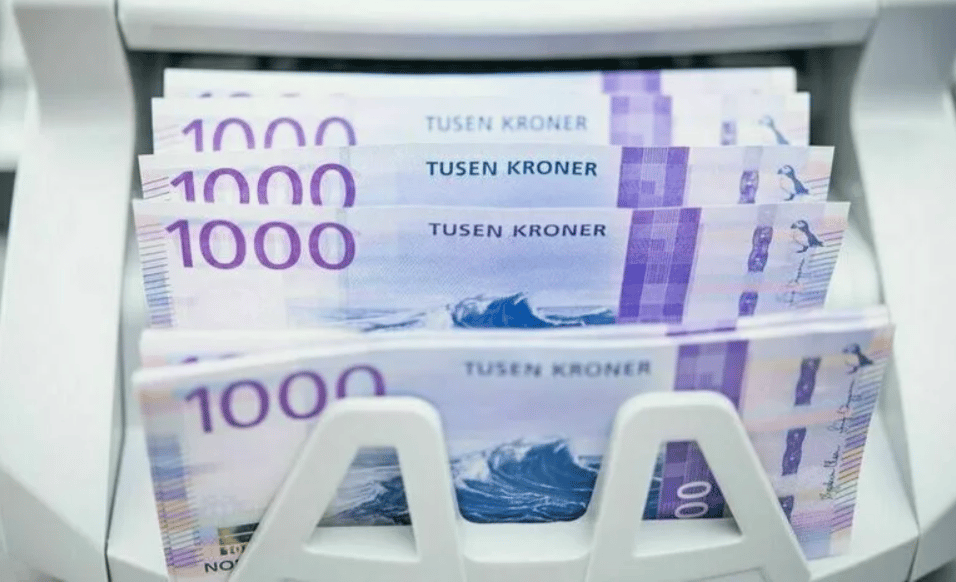
Comments
Such sales highlight the importance of staying ahead with cutting-edge technology
A transaction of this scale could truly accelerate the pace of automation across the tech sector